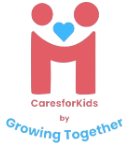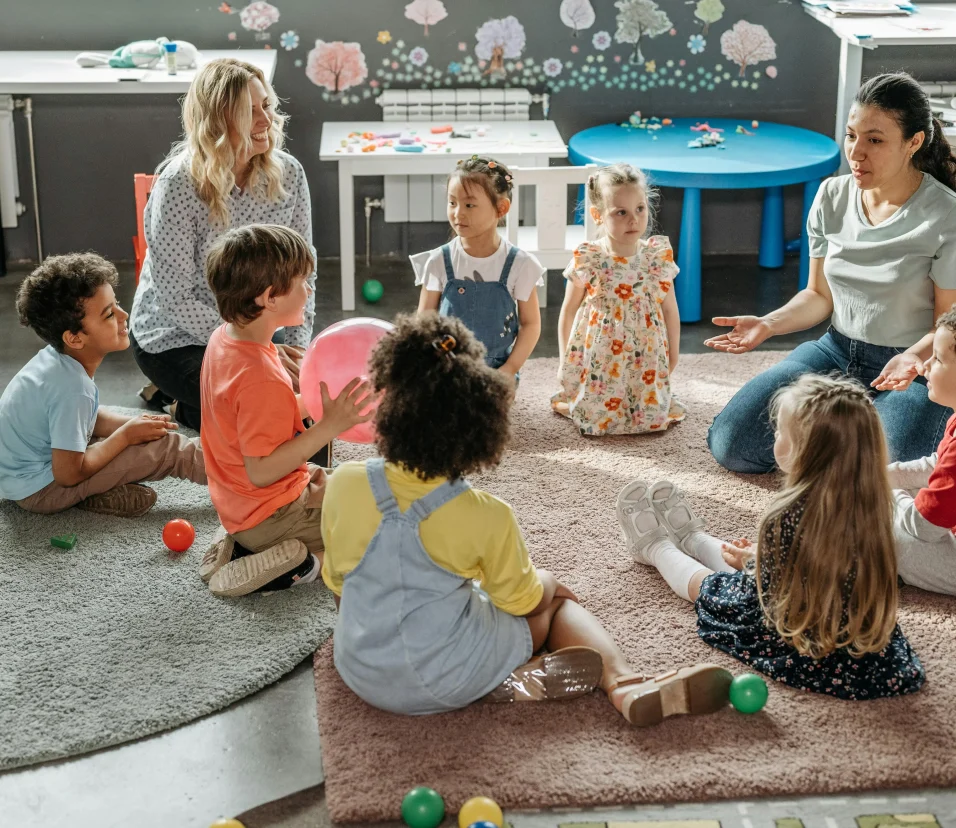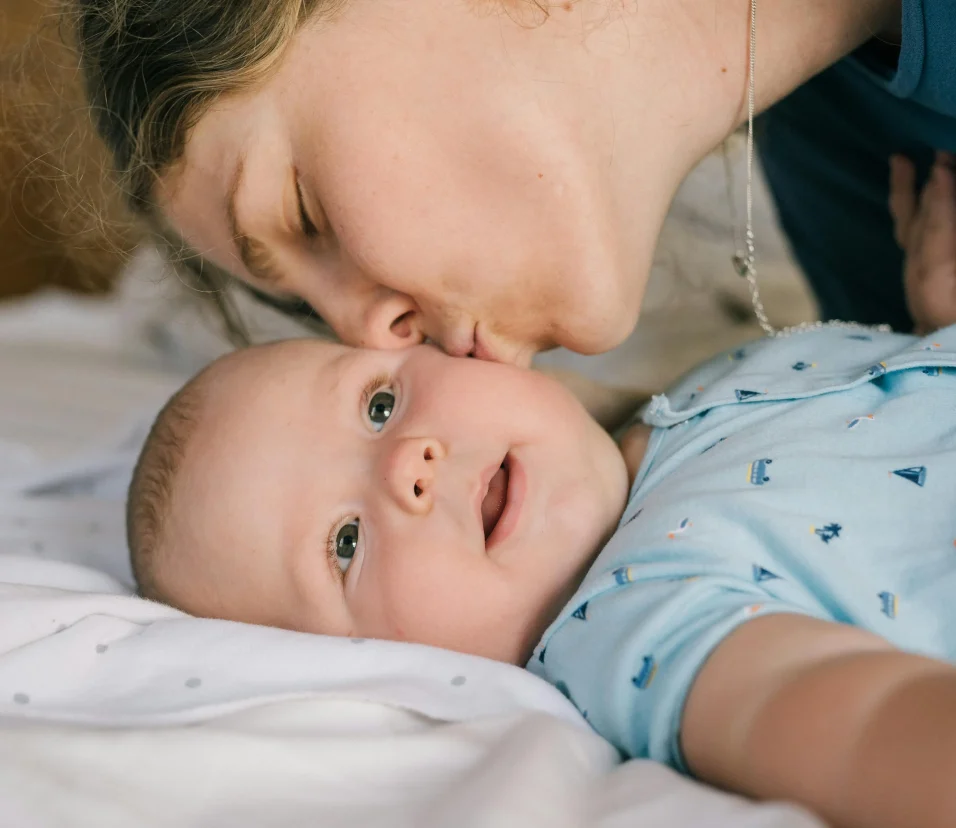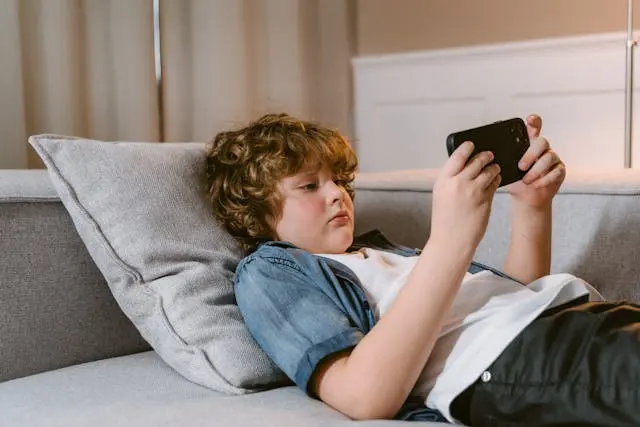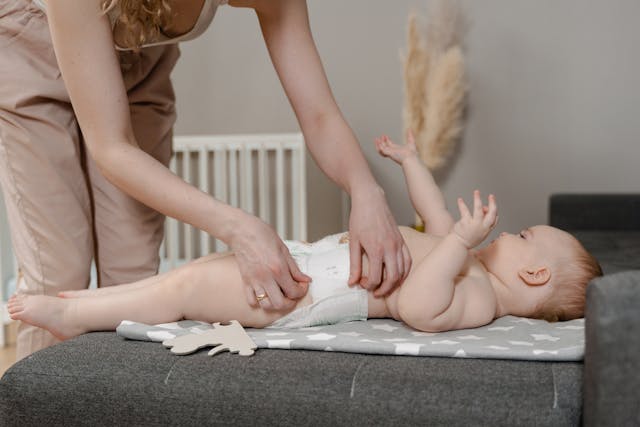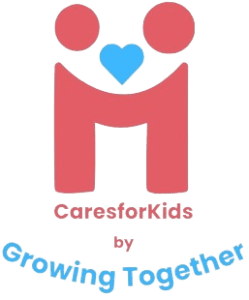Family Sculpting in Therapy: Unspoken Language of Relationships
Family life is beautiful. It is woven with love and support. But sometimes, it’s tangled with unspoken hurts and unresolved conflicts. Hidden dynamics lurk beneath the surface, even in the happiest families, and everyone feels the ripple effect.
Family sculpting is a unique way to heal if you’ve ever wanted your family to be closer and understand each other better. It’s a family therapy method that helps families say what they normally don’t say, improving communication and improving relationships.
What is Family Sculpting?
Family sculpting is a powerful therapeutic technique that uses physical positioning and nonverbal cues to represent the dynamics within a family system visually. Like a living, breathing family portrait, it captures the emotional landscape, revealing hidden truths that words alone may not express.
This approach was pioneered by renowned therapists Virginia Satir and Salvador Minuchin and goes beyond traditional talk therapy. It’s a way to see, feel, and experience the unspoken language of your family which allows for a deeper exploration of family relations and the opportunity for healing. Other terms you might encounter related to this technique include “family constellations” and “family mapping.”
How Does Family Sculpting Work?
Family sculpting is a unique therapeutic approach where words take a backseat, and the body becomes the storyteller. Imagine a blank space, a stage waiting to be filled. Now, picture a family member stepping into that space, not to speak, but to arrange others – family members, perhaps, or even objects – into a tableau that reflects their inner perception of the family’s dynamics.
It’s not about reciting lines or recounting events, but rather showing the story through physical positioning, gestures, facial expressions. The person doing the arranging – the ‘sculptor’ – might place individuals close together to symbolise intimacy, or far apart to depict distance. Turned backs? A silent echo of conflict.
The choice of who or what to represent is entirely in the sculptor’s hands. It could be family members, those present or absent, or even symbolic objects that hold meaning within the family’s narrative. Each placement, each gesture, is a brushstroke on the canvas of their family portrait, revealing unspoken truths and hidden dynamics that words alone may not capture.
This process, while simple in concept, can be incredibly powerful in its ability to unearth buried emotions and facilitate understanding. It’s a chance for family members to see themselves and their relationships from a new perspective, to give voice to feelings that may have been long suppressed.
Benefits of Family Sculpting in Therapy

How does family sculpting help families navigate their relationships’ sometimes choppy waters but showing the story through physical positioning, gestures? Let’s look at an example. Picture a family grappling with the silence that often follows a loss. During a sculpting session, the teenage daughter positions herself isolated in a corner, her parents standing close, but their backs turned towards her. This simple act speaks volumes, instantly revealing the daughter’s feelings of loneliness and exclusion. It cracks open the door for a conversation about their shared grief, a chance to connect on a deeper level and find ways to support each other through their pain.
This scene highlights just one of the many ways family sculpting can be a lifeline for families:
1. Reveals Hidden Emotions and Dynamics
Family sculpting acts like an emotional X-ray, illuminating those unspoken feelings and underlying tensions that often fester beneath the surface. It’s a safe space to express what’s difficult to put into words, giving voice to anxieties, frustrations, and even long-held resentments.
2. Promotes Better Communication and Understanding
Through sculpting, family members are encouraged to not just talk, but to show how they feel. This visual communication can break down barriers and open doors to deeper understanding. It’s a chance to see the world through another’s eyes, fostering empathy and compassion.
3. Builds Empathy
Imagine literally stepping into your sibling’s shoes, feeling their posture, their stance. This physical embodiment can foster a profound sense of empathy, helping family members connect on a heart level. Suddenly, it’s not just about “your side” or “my side,” but about shared experiences and understanding.
4. Resolves Conflicts
Sculpting provides a neutral ground for addressing conflicts, away from the heated arguments and blame games that often escalate tensions. In this safe space, guided by a therapist, family members can express their needs and concerns, leading to compromise and resolution.
5. Enhances Awareness
Family sculpting can be like holding up a mirror to your family system. It reveals the often-unconscious power dynamics, emotional bonds, and distances that shape interactions. This increased awareness is often the first step towards positive change, allowing families to make conscious choices about how they relate to one another.
What’s a Therapist’s Role in Family Sculpting?

The therapist plays a crucial role in family sculpting, acting as a compassionate guide and facilitator throughout the process. They are not merely observers, but active participants in the unfolding family narrative.
1. Creating a Safe Haven
First and foremost, the therapist creates a safe and supportive environment where family members feel comfortable expressing their true feelings and vulnerabilities. This safe haven allows for open communication and exploration, even when addressing sensitive or painful issues.
2. Gentle Encouragement and Exploration
The therapist offers gentle prompts and suggestions, encouraging clients to delve deeper into their emotions and express their authentic selves. They help individuals tap into their inner wisdom and articulate their experiences, even if those experiences are difficult to put into words.
3. Facilitating Communication and Conflict Resolution
In the midst of the sculpting process, conflicts or misunderstandings may arise. The therapist steps in to facilitate healthy communication, helping family members listen to each other with empathy and express their needs constructively. They act as mediators, guiding the family towards understanding and resolution. For emotionally unavailable parents, this is a great opportunity to deal with unresloved issues
4. Uncovering Hidden Dynamics
The therapist’s keen observation and insightful questions help the family uncover the hidden dynamics at play within their relationships. They shed light on patterns of behavior, unspoken expectations, and power imbalances that may be contributing to conflict or emotional distance.
5. Expanding Perspectives and Fostering Change
Through gentle guidance, the therapist encourages family members to consider different perspectives and step into each other’s shoes. They help clients explore alternative ways of relating to each other, fostering a sense of empathy and understanding. This can lead to meaningful shifts in family dynamics and pave the way for lasting change.
In essence, the therapist is a compassionate companion on the family’s journey of self-discovery and healing. They provide a safe space, gentle guidance, and unwavering support, empowering families to communicate openly, resolve conflicts, and build stronger, more fulfilling relationships. If you’re looking for support, consider searching for a therapist near me to begin your journey.
The Power of Non-Verbal Communication
Sometimes, the most potent messages are conveyed without a single word uttered. Family sculpting harnesses this power of nonverbal communication, allowing emotions and relationships to dance across the stage through subtle shifts in body language, posture, and proximity.
A slumped shoulder, heavy with unspoken burdens. A clenched fist, betraying a simmering anger. A gentle touch, whispering of deep connection and love. In the realm of family sculpting, the body transforms into a canvas, painted with the raw hues of unspoken truths.
Even the slightest movement, a subtle tilt of the head or a hesitant step backwards, can reveal hidden tensions or unspoken alliances. These nonverbal cues bypass the conscious mind, tapping into the deeper currents of emotion that often lie beneath the surface of family interactions.
Creating New Narratives in Family Sculpting
One of the most remarkable aspects of family sculpting lies in its ability to empower individuals to rewrite their family narratives. By physically rearranging themselves or others on the sculpting stage, clients can step outside the confines of their usual roles and explore alternative ways of relating to one another. It’s like hitting the “reset” button on old patterns and stepping into a world of new possibilities.
Potential Narratives Explored Through Sculpting
Shifting Power Dynamics: A child who always felt overshadowed by a dominant sibling might reposition themselves taller and closer to their parents, symbolizing a newfound sense of self-worth and recognition.
Redefining Boundaries: A spouse feeling suffocated in a relationship might create more physical space between themselves and their partner, visually expressing their need for autonomy and breathing room.
Healing Old Wounds: A client carrying the weight of childhood neglect might reposition their parent figure closer, offering a symbolic gesture of comfort and closure that may have been missing in reality.
This process of reshaping the family sculpture can be deeply transformative. It allows individuals to challenge long-held beliefs about themselves and their family members, opening the door to healing, forgiveness, and a renewed sense of hope.
It’s a chance to break free from the constraints of the past and envision a future where relationships are built on authenticity, understanding, and mutual respect. By stepping into new roles and exploring different ways of interacting, clients can create a narrative that feels more true to their desires and fosters a deeper sense of connection with their loved ones.
Common Challenges of Family Sculpting and How to Overcome Them
Family sculpting can also stir deep emotions. It’s like opening a long-closed attic, where dust and forgotten memories mingle. Not everyone is ready for that sudden rush of feelings. Resistance, discomfort, even outright refusal – these are all natural reactions when confronting buried truths.
Overcoming Resistance
Imagine a son hesitant to position his father as distant, even though he feels that way. A skilled therapist gently explores this resistance, helping him understand that sculpting isn’t about judgment, but about honest expression.
Managing Intense Emotions
Tears, anger, even laughter – family sculpting can be an emotional rollercoaster. When a client breaks down while repositioning their mother closer, the therapist provides a safe space to process these feelings, guiding them towards understanding and acceptance.
Addressing Past Trauma
Sometimes, sculpting unearths painful memories. A client might position themselves as a child, huddled and alone, reflecting past trauma. The therapist helps them gently navigate those memories, fostering a sense of safety and empowerment.
Navigating Family Conflicts
Sculpting can bring simmering conflicts to the surface. When siblings position themselves in opposition, the therapist facilitates communication, helping them express their perspectives and find common ground.
Respecting Boundaries
Not everyone is comfortable with physical closeness or emotional vulnerability. Many parents become over involved with their child and ignore the emotional boundary. The therapist guides both parents and childs to respect these boundaries, offering alternative ways to participate, such as using objects or verbal descriptions.
Remember, the goal of family sculpting is not to force change, but to create a space for understanding and healing. With a skilled therapist’s guidance, even the most challenging emotions can be navigated, leading to deeper connections and healthier relationships.
Applications of Family Sculpting Beyond Therapy
Family sculpting isn’t just for family therapy sessions. It can also be used in personal growth workshops, parenting therapy, schools, support groups, and other settings. It’s a versatile tool for fostering understanding, communication, and healing in any context where relationships are important. For example, in a school setting, family sculpting could help students explore their family dynamics and develop empathy for others.
Conclusion
Family sculpting is a powerful way to explore the unspoken language of your family relationships. It offers a unique blend of creativity, emotional expression, and therapeutic insight. If you’re ready to deepen your understanding of your family and embark on a journey of healing, consider trying family sculpting with a licensed therapist.
Remember, the path to healthy relationships starts with understanding. Family sculpting can help you unlock the hidden dynamics within your family and create a more fulfilling and connected future. If you’re seeking more information or interested in exploring family sculpting further, don’t hesitate to reach out to a qualified therapist.
